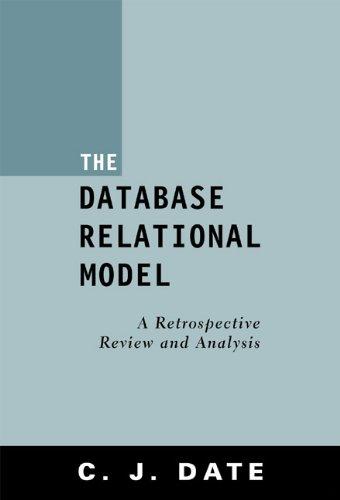Answered step by step
Verified Expert Solution
Question
1 Approved Answer
As a young entrepreneur looking to start a business, you learn that a long stretch of Huntington Avenue has no bubble tea stores, but several
As a young entrepreneur looking to start a business, you learn that a long stretch of Huntington Avenue
has no bubble tea stores, but several empty store locations. The city has a constraint on bubble tea stores,
however: no two stores can be less than f feet of each other. You are interested in opening a chain of stores
along the road. One end of the road let us call it the west end already has a bubble store scheduled to
be opened by a rival entrepreneur. There are exactly n possible locations along the road for you to choose
from. The distances of the locations from the west end are given by an array d n where di is the
distance of the ith location from the west end. So d d d dn and you are given
these distances in sorted order. Based on your CFOs analysis of the profitability of the stores, you have
computed a value array v where vi is the value of opening a store at the ith location.
You would like to maximize the total value of the stores along the road you can open, subject to the constraint
that no two stores are at distance less than f note that this also includes the store at the west end Assume
that nobody else is building stores.
Your goal is to design a dynamic programming algorithm that takes input the n values d d dn
and f and computes a set of stores that has optimal value.
a Let OP T i denote the maximum value you can get for opening stores in a subset of locations through
i Give a recurrence to compute OP T i and write the base case for this recurrence. Write a few
sentences explaining why your recurrence is correct.
b Using your recurrence, design a dynamic programming algorithm to output the optimal set of stores to
open. You may use either a topdown or bottomup approach. Remember that your algorithm needs
to output the optimal set of stores, not only its value. Your algorithm may output the set of stores as
a list of its locations.
c Analyze the running time and space usage of your algorithm.
For full credit, the running time of your algorithm must be On; ie quadratic time or faster. You
will earn an extra credit of bonus points if your algorithms running time is On and you establish it
correctly in part c
Step by Step Solution
There are 3 Steps involved in it
Step: 1

Get Instant Access to Expert-Tailored Solutions
See step-by-step solutions with expert insights and AI powered tools for academic success
Step: 2

Step: 3

Ace Your Homework with AI
Get the answers you need in no time with our AI-driven, step-by-step assistance
Get Started


